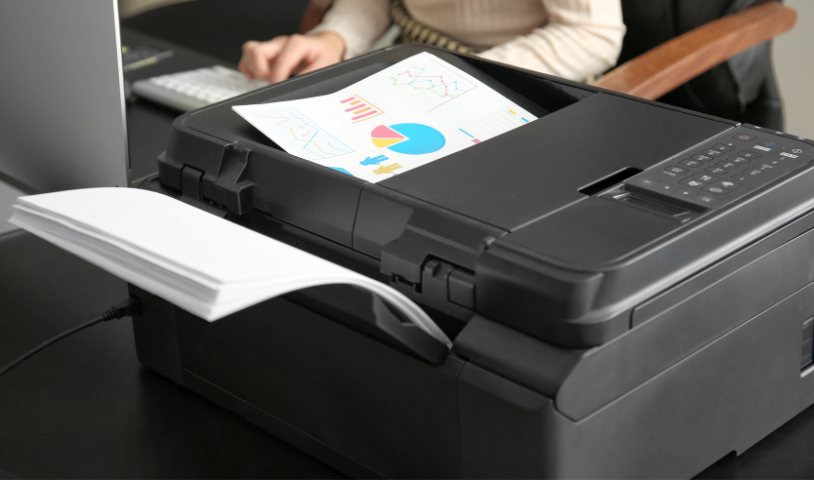Five advantages to Cloud print management vs. on-premise printing
The global cloud printing services market is forecast to grow at a CAGR of 12.2% to be valued at US$ 4,368 million from 2022 to 2032. That level of growth is not surprising when you consider the significant time and cost savings that cloud print management solutions bring.
Eliminating on-premise print servers and moving print management to the cloud removes the hard costs and hassle associated with procuring, managing and maintaining physical servers; reduces energy consumption, and lessens the load on over-stretched IT resources. But that’s not all – here’s five advantages of a cloud-based vs. an on-premise print environment.
1. Reduced costs
In organizations with multiple branches or offices, a traditional server-based print infrastructure is inherently more expensive to manage. Typically, each location has its own dedicated server, and if the business expands, opens a new branch or adds new printers to its fleet, that requires further investment in print servers and the resource required to manage them.
In comparison, cloud services are billed and consumed as-a-service, freeing up CapEx budgets to be allocated elsewhere. Plus, a subscription-based pricing model is predictable and flexible, allowing organizations to easily scale up or down in line with changing business needs.
2. Simplified print infrastructure
directprint.io has been built from the ground up to ensure a smooth, slick and quick roll-out and to make printing as easy as possible. Our unique universal print driver was built to solve deployment complexity. It supports an array of printer languages and protocols, meaning it works across virtually all printer makes and models, and importantly, brings feature parity with OEM drivers, including secure print and native account coding.
3. High availability
A serverless infrastructure enables IT to centrally manage printing devices and printing. Cloud print management removes the requirement to manage multiple queues, drivers, and firmware management. And, because the print infrastructure is hosted in the cloud, it’s always-on and always available, putting an end to print-related IT tickets from end-users who can’t print when they want to.
4. Supports a hybrid workforce
Full directory integration with Google Workspace and Azure AD allows IT admins to deploy, secure, control, and track all print activity. With directprint.io, end-users can mix edge and local network printing from the personal or professional device of their choice with the ease and flexibility they desire. Edge Print enables end-users to securely print from their Windows PC, Chromebook, or Mac device – whether they’re at home, on a guest network, or even between different office locations.
Edge Print also gives IT admins fine-grained control over which printers are available for remote printing, they can control which users can print remotely and even grant granular privileges that determine which groups or individual users can use which devices.
5. Improves security posture
Printers remain on a secure network and cannot be exposed to vulnerabilities that are common with personal devices and home networks. Remote print jobs remain within an organisation’s already approved Google Workspace or Microsoft Azure infrastructure, ensuring that business information remains confidential.
PIN protected printing release features put an end to unwanted data exposure, and traceable insights into print behavior enable customers to spot and deal with anomalies before they become a risk. Plus, any updates or security fixes are automatically managed in the cloud.
_________
Cloud print management – time to find out how to get started
directprint.io’s intuitive cloud platform provides instant access to real-time data and highly- detailed reports which allow customers to track print activity organization-wide. If you’d like to see the advantages of cloud print management vs. an on-premise environment, you can sign up for a free 30-day trial here.
